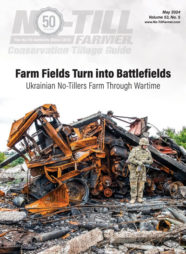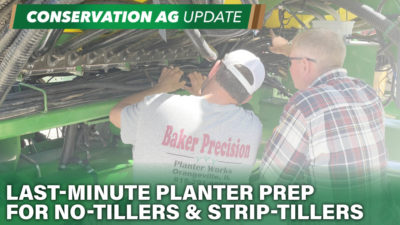Advertise Follow Us
Items Tagged with 'North Dakota'
ARTICLES
No-Till Farmer Influencers & Innovators
For this episode of the No-Till Farmer Influencers & Innovators Podcast, brought to you by SOURCE® from Sound Agriculture, editor Frank Lessiter sits down with Guy Swanson, a 50+ year no-till veteran.
Read More












